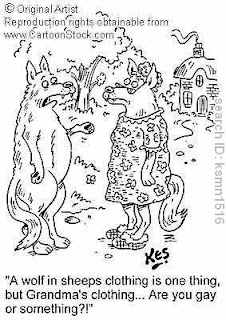I feel like a lot of fairy tales have been created to create another world to fall into, and come back to the real world prepared and full of knowledge. From this class I have learned meaning behinds the objects in fairy tales and analyzed the main parts of the story. I have learned about the origin of tales and the ideas behind the stories. Cultures fit into each of the stories and thus we can find out the most important values in each culture. I learned a lot from all the different guest speakers about their cultures and how they tell their fairy tales. There is a big difference for all the fairy tales in different cultures and their meanings to us. For example to the bangladesh culture, it is a belief for them unlike us and how we find it almost adorable to see little fairy tale motifs in movies, or even combined all together.
However there are other ways to use fairy tales other than as means of entertainment or teaching small children our values. We can find our hurt selves in our favorite fairy tales. Through psychological means we can sort out a mental or hidden problem by discussing fairy tales. This is very interesting to me especially since it's hard enough to fix some mentally disturbing problems with some therapy.
From the many lessons and discussions in class i'd say some of my favorite activities would be drawing a favorite scene and giving an oral presentation on a small reading about a view point of fairy tales. I loved watching pans labyrinth and talking about the hidden motifs. I believe we should talk more about the modern fairy tales happening now a days. Such as in shrek, or the new red riding hood.
Overall I thoroughly enjoyed this class because of the discussion and all the new things we learned. I know a lot more about fairy tales then I started off with.


















